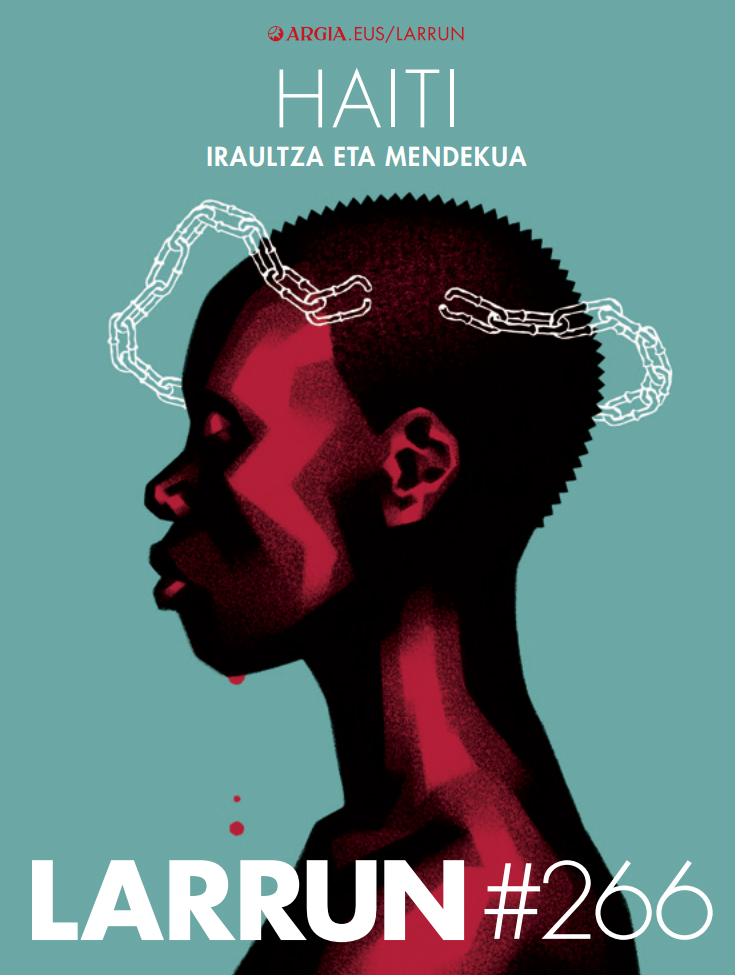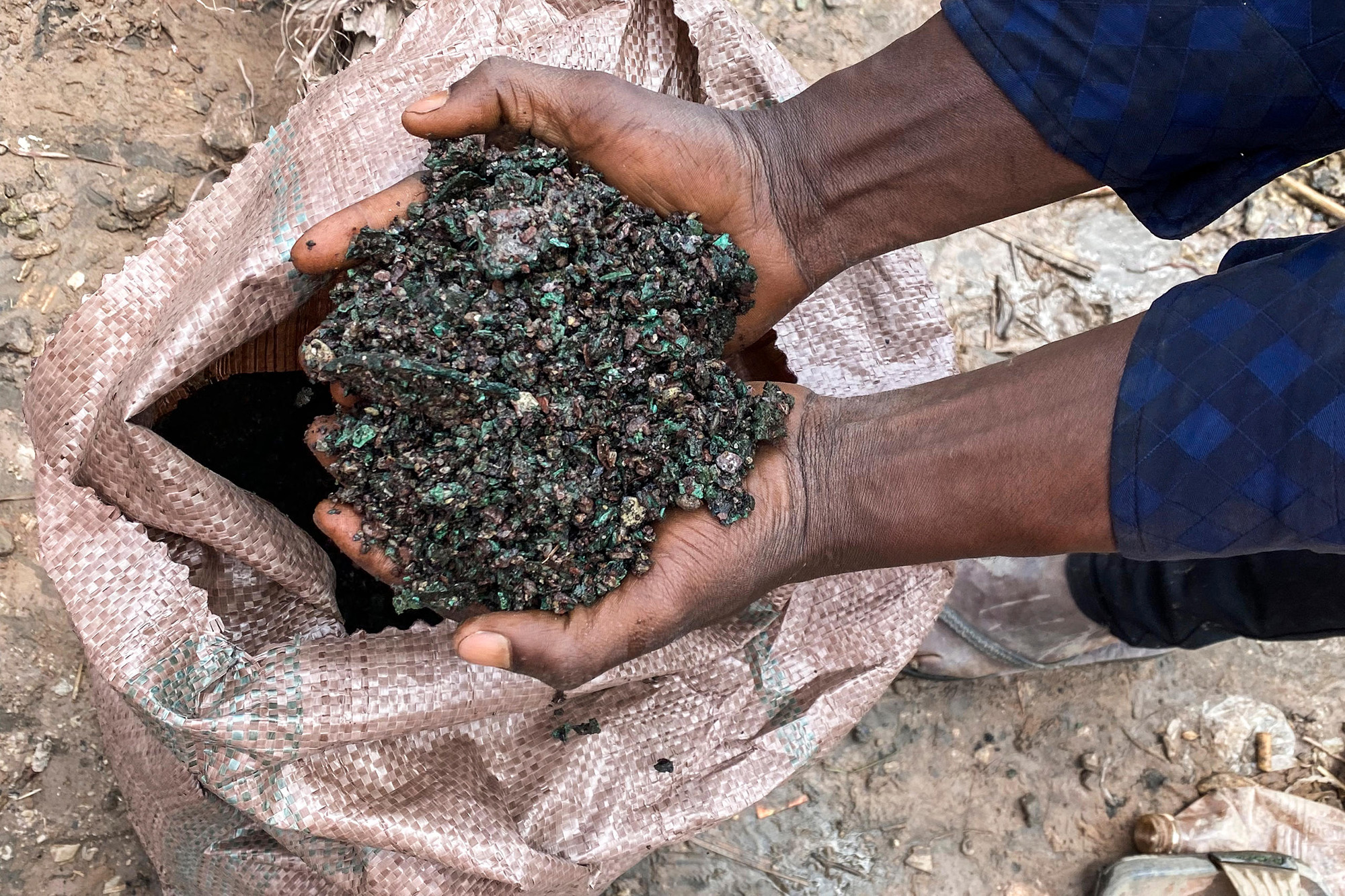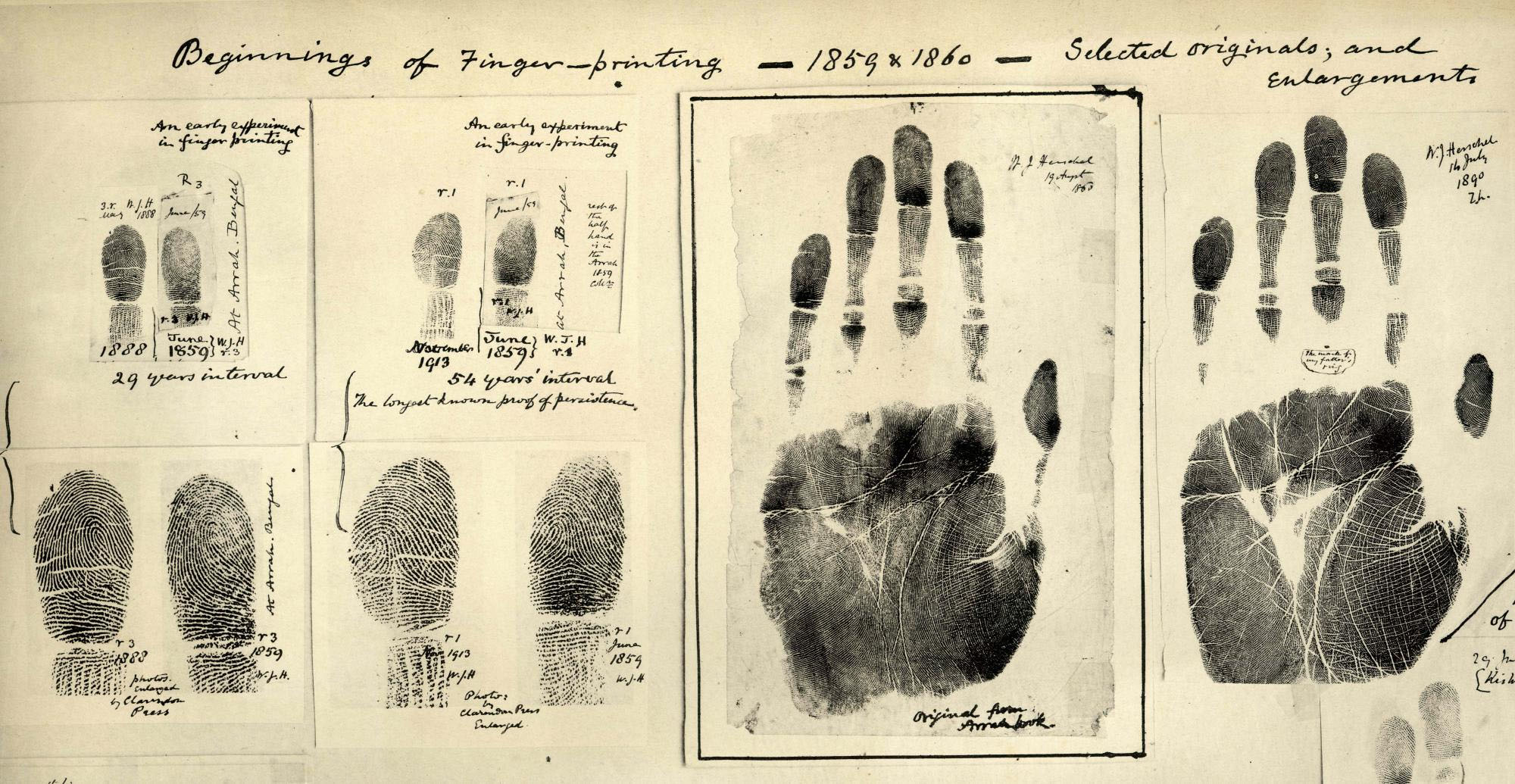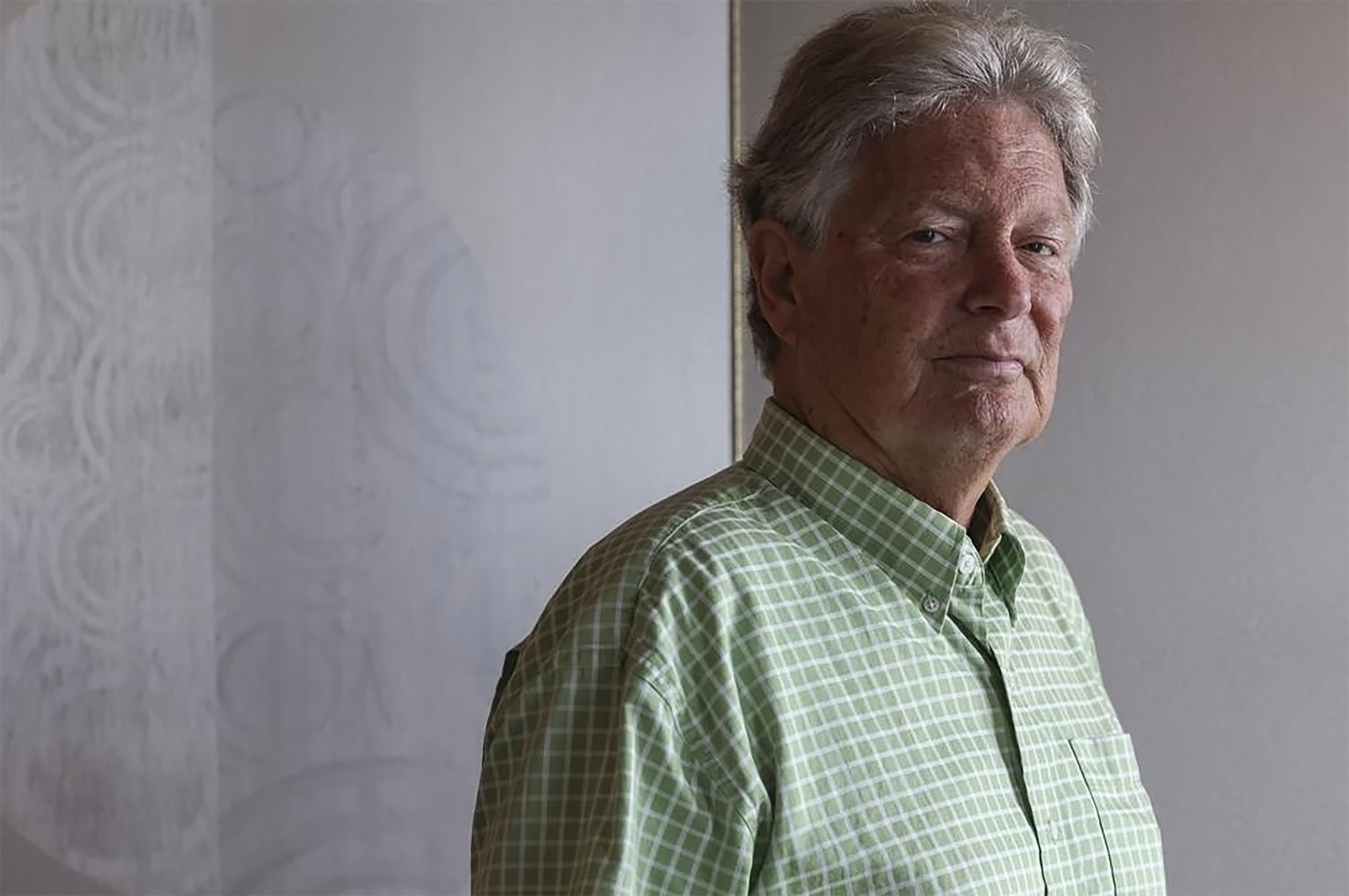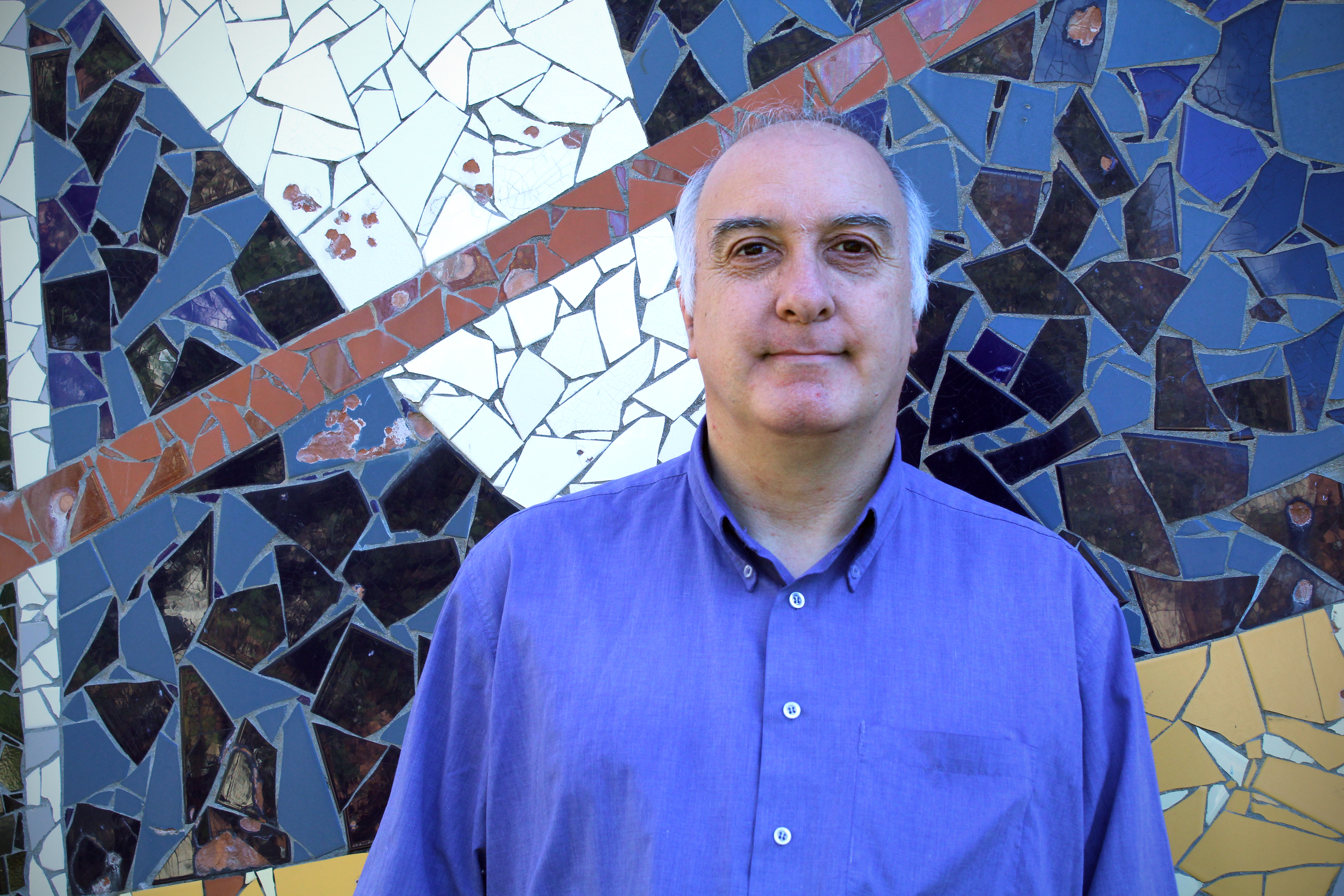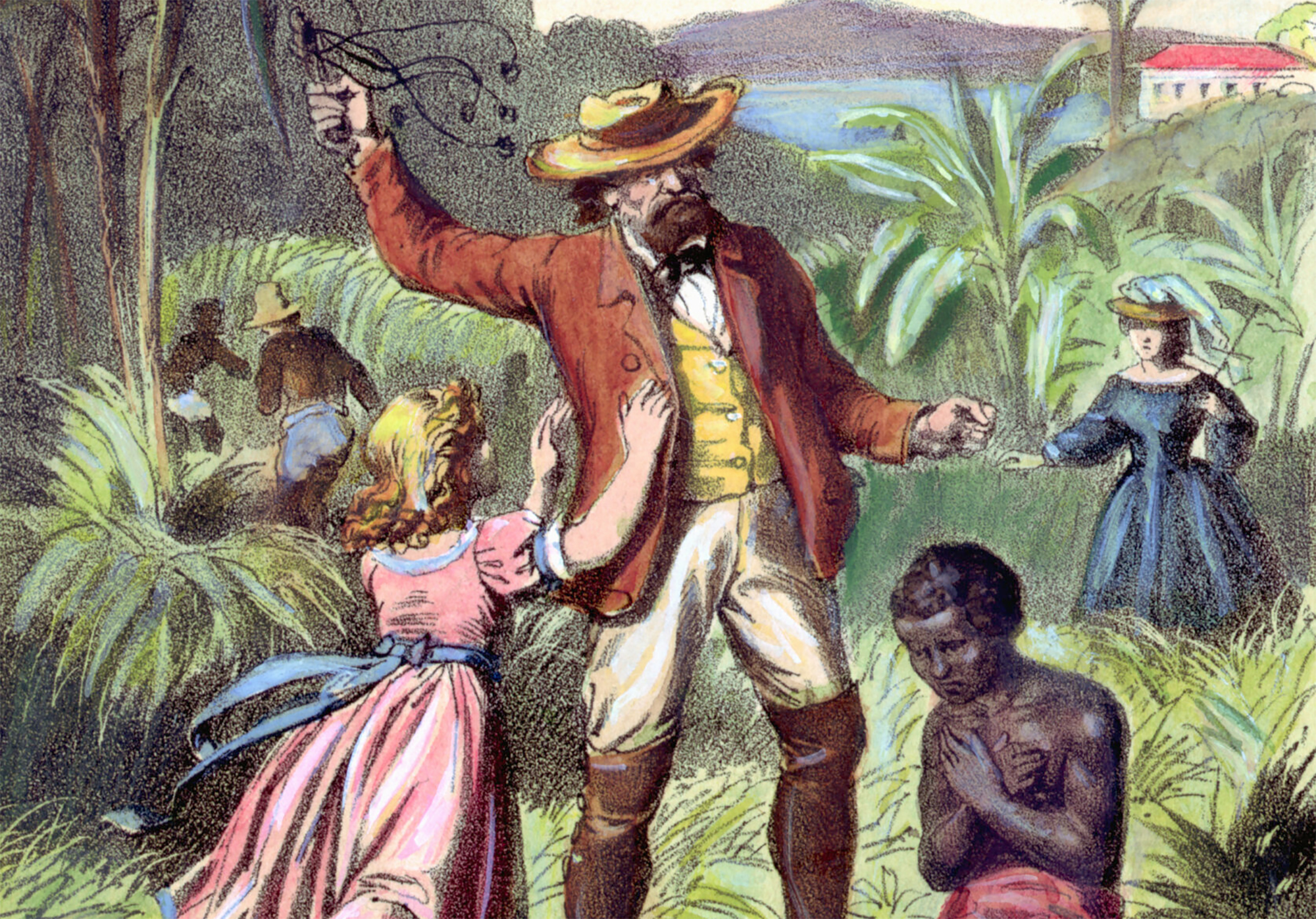Bayona in slave traffic networks
- The shipbuilding of the working capital was highly developed thanks to slavery, as the boats were also built for the traffickers in Nantes and Bordeaux. Basques, bearneses and gascones participated fully in the colonization of Saint-Dominguez and, according to sources, deported 4,500 slaves to Baiona until the end of the 18th century.
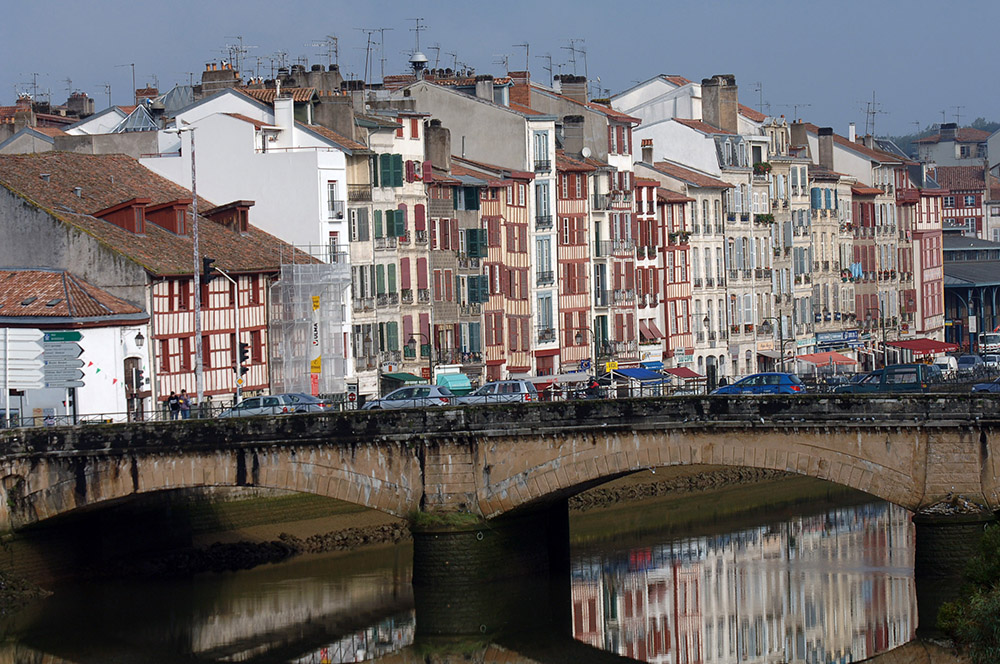
From the middle of the 17th century until the 19th century, 4,220 expeditions to Africa were taken from the Atlantic coast of the kingdom of France to ship blacks and be sold as slaves in the American colonies, according to data provided by the Memorial of the Abolition of Nantes, of which only 1,714 expeditions emerged. Slavery was a source of wealth for big cities like Nantes and Bordeaux, and they would not be what they are today without that business. But also the traffickers of smaller cities were enriched by selling human bodies, including those in Bayona.
According to the anti-racist association Mémoires et Partages (Memories and Compartments), the black people deported at that time to the working capital were at least about 4,500, while Baiona was the eighth Greek port, far behind La Rochelle, La Havre, Sant-Maloù and others. From a study carried out by historian Jean Mettas it can be concluded that in the 18th century ten boats emerged on the African coast to kidnap slaves, such as L’Hereuse (Happy), led by Pierre Dolhon, who brought 249 slaves to Haiti in 1765.
The Bordelese researcher Jacques de Cauna has called this territory “El Dorado de Aquitaine”. In Haiti there are still toponyms reminiscent of the Basque slaves, such as Labadie, Garat, Navarre, Carrère…
And in the development of shipbuilding this human traffic also had a significant impact, since many of the boats held in Baiona were for the shipowners of Nantes or Bordeaux. Among the Bayonese traffickers were the brothers Cabarrús – Dominique Denis and Dominique Eugène – who placed exotic names such as Roy-de-Cabinde or Roy-de-Malimbe from the ports of Guinea and Angola on deadly journeys to Cap-Français in Haiti.
The footprint left in Haiti by the Basques, the Biarnoteses and the colonizing gas heels is immense. The experts point to the need to better specify the figures for this participation, since thousands went to Saint-Dominguez in order to seize the land and enrich it with slavery. Mémoires et Partages pointed out that of the 30,000 colonizers, 40% belonged to the region of Aquitaine; not in vain, the Bordelese researcher Jacques de Cauna called this territory “El Dorado de Aquitaine”. In Haiti there are still toponyms reminiscent of Basque slaves, such as Labadie, Garat, Navarre, Carrère… “The large families of merchants in Baiona were completely linked to Saint-Domínguez,” De Caun explained in an article published in the newspaper Sud Ouest.
Denial
Many of these settlers, by chance of the Creoles or Indians, adopted the habit of returning to their native people with slaves to dedicate themselves to cooking or service, which can be seen in some places in the cities of Lapurdi. Probably the best known is the district of La Negresse, next to the railway station of Biarritz, traditionally known in Basque as Harausta or Heustarre. Apparently, La Negresse is the alias that the soldiers of Napoleon Bonaparte have placed the black waiter from one of their hostels; in 1986, the Consistorial House removed the original in Basque and put that official name in the neighborhood.
On 22 August 2019, on the eve of the G7 summit, Mémoires et Partages carried out an information action at the Biarritz station to denounce the humiliating nature of this name, and the police violently detained the writer and founder of the association Karfa Sira Diallo. The matter is still in a court in Pau. However, as a result of this action and after the impact it has had, the association has managed to change some names in some places; in the same month of August, the pharmacy next to the station is no longer La Negresse.

Slaves in the cell of San Juan de Luz
Although the most common thing was to bring the slaves directly from Africa to America, sometimes they were scaled up and humans stored for a time as another product of commercial traffic. In Euskal Herria there were also such places, not only in the ports, but also in the castles.
In his book Belzenia, prison d’esclaves noirs au Pays Basque (Belenia, a prison of black slaves in the Basque Country), published by researcher Kepa Arburua Olaizola in 2013, explains that in the Belenia Palace, located between Ziburu and San Juan de Luz, the slaves were locked in a barn of 40 centimeters thick. The guards’ houses are also preserved, where more than a hundred slaves were gathered, according to the documents of the time.
This place is related to Doninal Michel Joseph Leremboure, Mayor of Port-au-Prince, capital of Haiti. Leremboure, with large coffee plantations from Saint-Domingo, including a so-called Donibane, ordered in 1802 the slave captain François Harismendy of Urruña, to bring blacks from the island Goree of Senegal, for later sale in the United States. Harismendy's ship called on the imprisoned slaves who had been in Lapurdi and Belenia.
In the Belenia Palace, located between Ziburu and San Juan de Luz, the slaves were locked in a dark cell with walls of 40 centimeters thick still standing.
Leremboure was a passionate anti-abolitionist and, when the slave revolution erupted in 1791, he was exiled from the colony – read here a comprehensive report explaining the origin and evolution of these facts. When he returned with the intention of recovering his property, independence General Jean-Jacques Dessalines ordered his arrest and firing. The son of Leremboure, Paul San Juan de Luz, was later mayor of Lohizune, and in that locality his family had the elegant Louis Palace XIV.aren, which he surely bought with the money of the Antilles.
It cannot be denied that important Basque characters fought for the abolitionists and the revolution, such as Mr Jean-Baptiste Gerard, were not all enlightened. But the more we do research around this dark business, the deeper the mud surrounds our past.
Washington (EE.UU. ), 1807. The US Constitution banned transatlantic slave trade. This does not mean that slavery has been abolished, but that the main source of the slaves has been interrupted. Thus, slave women became the only way to “produce” new slaves.
So in 1845, in... [+]
Europar Batasunean berriki onartu den Migrazio Itunak, asko zaildu dizkie gauzak euren herrialdetik ihesi doazen eta asiloa eskatzen duten pertsonei. Eskuin muturraren tesiak ogi tartean irentsita, migratzaileentzako kontrol neurri zorrotzagoak onartu dituzte Estrasburgon,... [+]
Frankismoa ez zela 1975ean amaitu diktadoreak ohean azken hatsa eman zuenean, hori badakigu. Erregimenaren haziek bizirik iraun zuten poliziaren tortura ziegetan, justizia auzitegien sumarioetan eta militarren zein politikarien deklarazio kolpistetan –Aznarrek azkenaldian... [+]
Julian de Zulueta esklabista arabarraren inguruko erakusketa ikusgai dago LABE espazioan.







